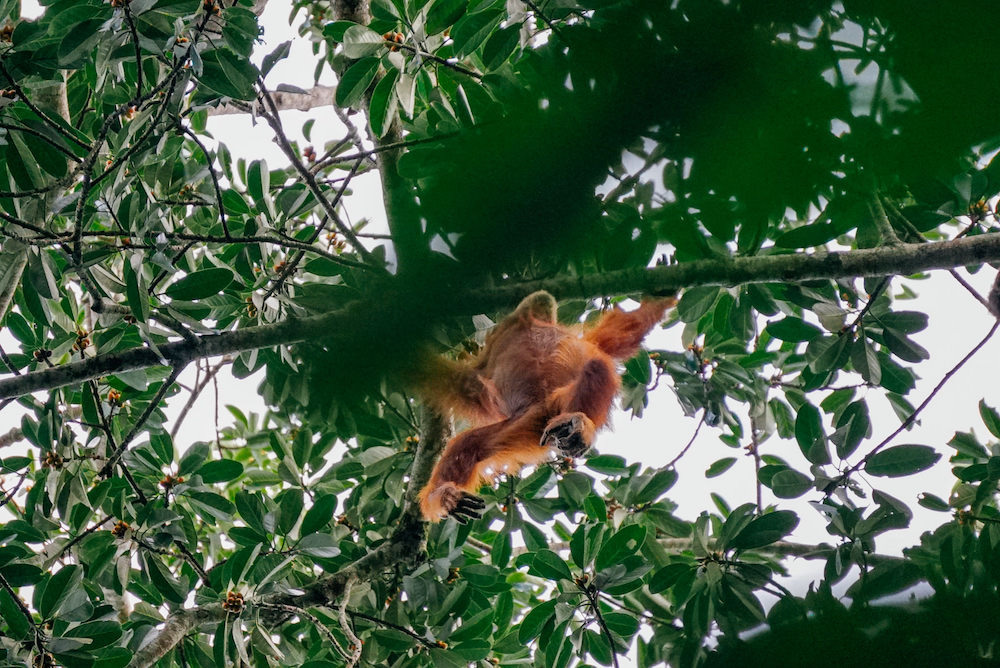The incredible great red ape is one of our closest relatives and have adapted to life in the jungle in amazing ways. Many years ago they were spread throughout South-East Asia, all the way to China. Today only three distinct species remain. The Bornean orangutan (Pongo Pygmaeus), the Tapanuli orangutan (Pongo Tapanuliensis) and Sumatran orangutan (Pongo Abelii). Here are some more fascinating facts about these wonderful creatures.
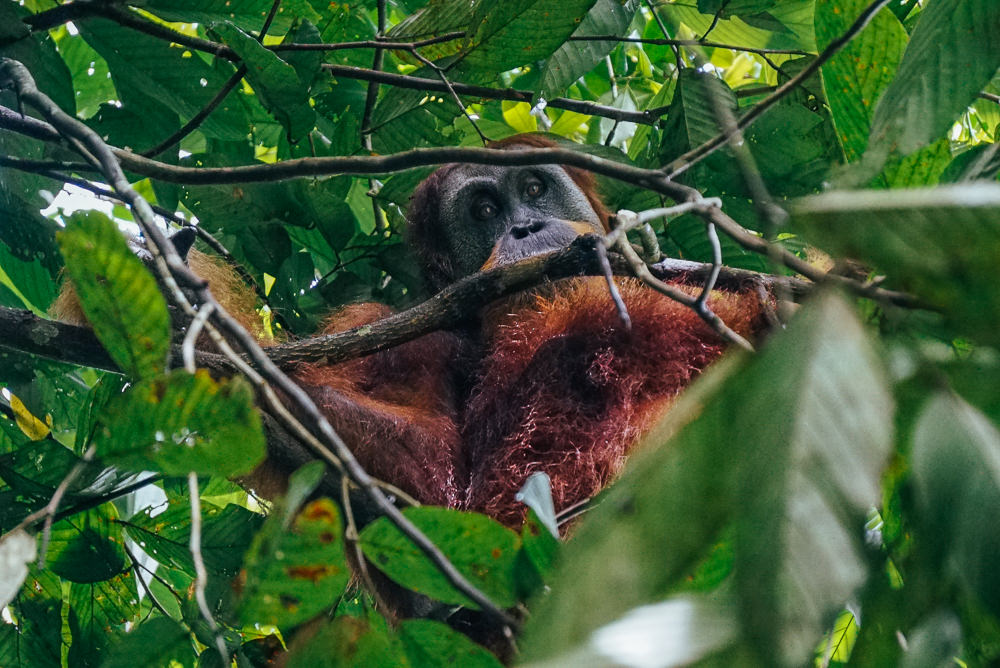
Orangutans make nests
Every day, sometimes even multiple times a day, orangutans build themselves a nest to sleep in. Talented engineers, they bend and half break branches in varying strengths to make a comfortable mattress for themselves far above the ground. Sometimes even adding a roof or pillow to complete their design. The main purpose? Simply to have a comfortable rest.
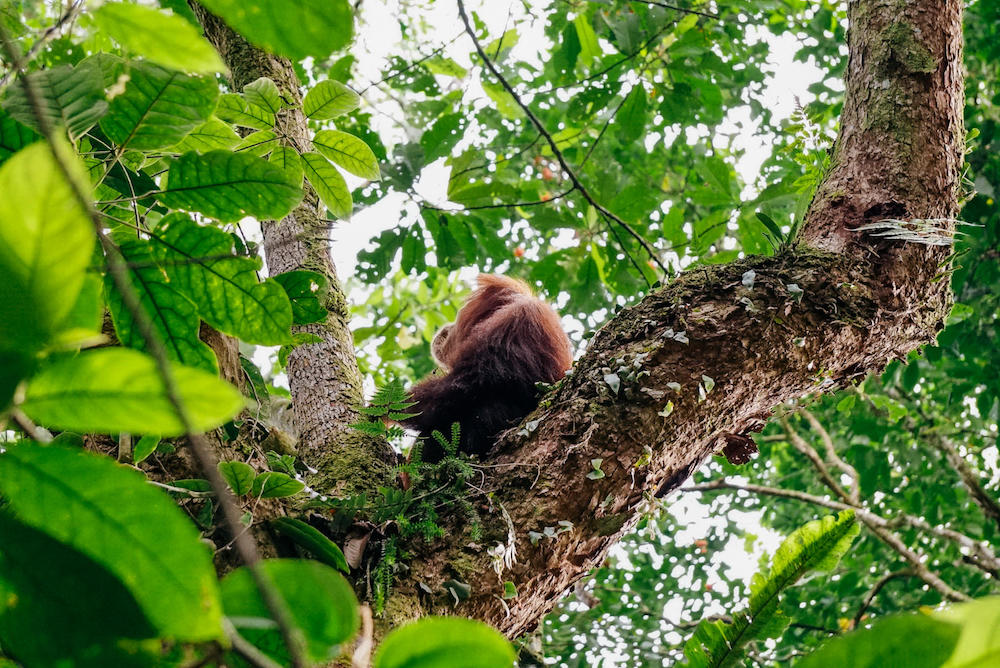
They are omnivorous apes
Over 400 kinds of food comprise an orangutan's diet. Depending on the region it mostly consists of native forest fruits such as durian, rambutan and jackfruit but can also include a wide variety of insects, palm shoots and young leaves. They've even been seen eating slow loris from inside their tree holes while the nocturnal creatures sleep. Occasionally the apes may also ingest soil that is rich in minerals to balance out their acidic diet.
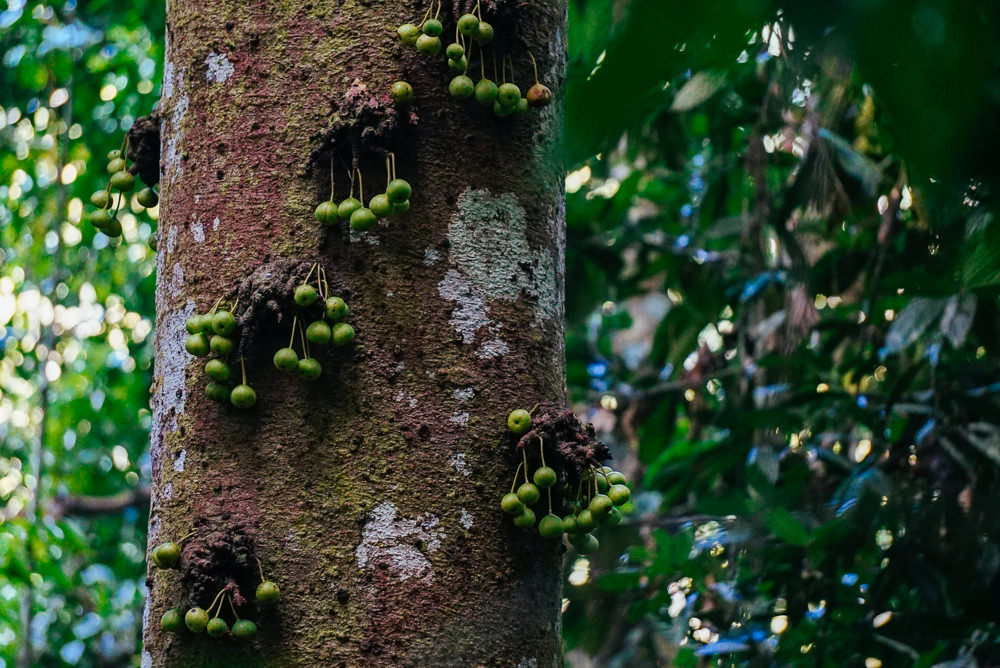
Sumatran orangutans use tools
Bornean orangutans have more difficulty finding fruit in their jungle and spend a lot of their time seeking out leaves and other less substantial foods to eat. Their cousins in Sumatra have less trouble getting enough calories in their diet and end up with more free time in their day. As a result they have developed different ways to use tools and are generally more social animals.
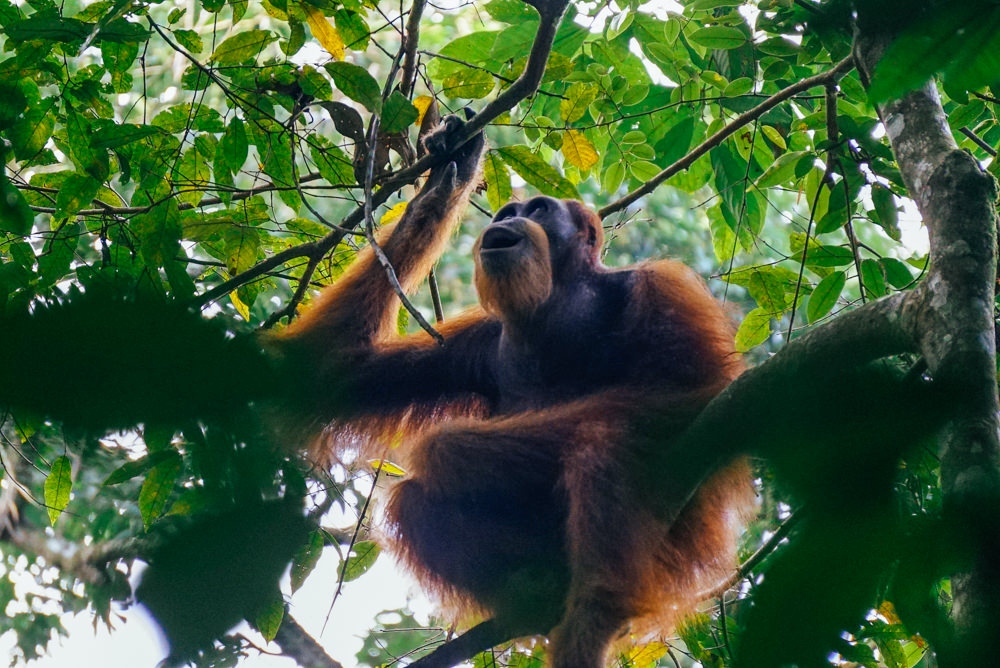
Mothers spend several years raising their children
Orangutans do not form lifetime pair bonding like some other animals. Both males and females will mate with different individuals. Although females generally prefer the larger, flanged males to father their babies. After sexually maturing around the age of 15, orangutan females enter adulthood at the birth of their first baby. They wont become pregnant again until the baby reaches 6-8 years old. Mothers spend these years with their offspring teaching them how to move through the forest, build nests, find the best foods, avoid danger and socialise. In Ketambe it's not uncommon to see groups of infants playing together as their mothers watch on.
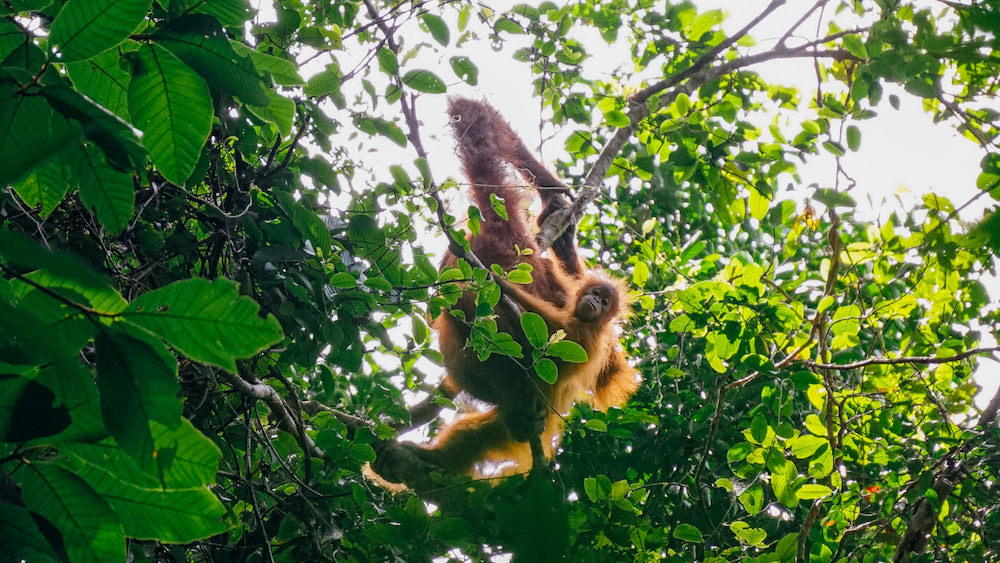
They prefer to live life in the treetops
In the wild, Sumatran orangutans almost never come down to the ground. The treetops are their domain of safety and has everything they need to survive. If they are on the ground it means they are in desperate need of something. Sadly, many rescued, semi-wild individuals have forgotten that staying up high means safety, and regularly come down to accept food from humans.
Observing these creatures from a safe distance is the best way to ensure their way of life and distinct cultures can continue uninterrupted and hopefully we can remain in awe of them for many years to come.
